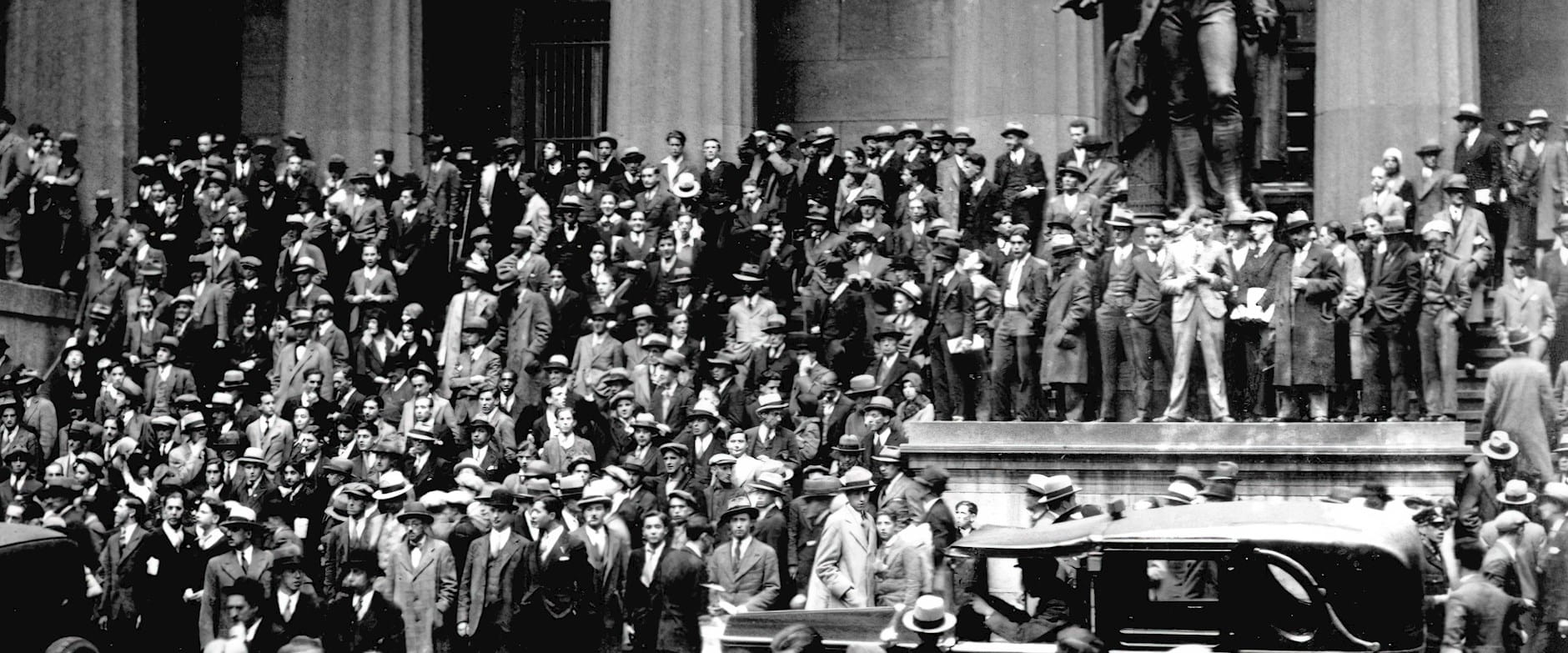The Shanghai Stock Exchange reached a historic peak in June 2015, and then plunged, losing almost 40 percent of its value in a month. This crash of the world’s second-largest stock market evoked comparisons to the 1929 Wall Street collapse, and provided a laboratory for testing an enduring explanation of its causes.
It has long been theorized that the 1929 crash reflected “leverage-induced fire sales,” according to University of International Business and Economics’ Jiangze Bian, Chicago Booth’s Zhiguo He, Yale’s Kelly Shue, and Tsinghua University’s Hao Zhou. They acknowledge that the theory has been well-developed to explain how excessive leverage makes investors sell in emergency conditions, accelerating market crashes. But they suggest that, until now, the empirical research has been lacking—and the China crash finally offers empirical evidence.
The researchers analyzed account-level data for hundreds of thousands of investors in China’s stock market. Because leverage was introduced in mainland China only in 2010, Bian, He, Shue, and Zhou were able to examine the implications of leverage-limiting regulations imposed in this decade. During the first half of 2015, there were two sources of leverage for Chinese investors—regulated brokerage houses and nonregulated online lending platforms. The latter, along with other nonbank lenders such as trust companies, formed the shadow-banking industry in China. The researchers thus studied the effects of each type of borrowing.
According to standard economic theory, investors borrow during good times and put the money to work in the stock market, where they expect to earn higher returns than the interest they owe on the loans. Because their debt is secured by the value of stocks, lenders can demand full or partial repayment when stock prices fall. If investors can’t or won’t come up with cash to cover the difference, they have to sell shares to raise funds. This forced selling can cause stock prices to fall further as supply outstrips demand.
On June 12, 2015, the Shanghai Stock Exchange Composite Index topped 5,000, but that day, China’s government imposed new regulations to limit margin lending by fintech companies. This reduced the amount of margin available to retail investors. Though the index had reached high valuations and may have been due for a correction, the new regulations coincided with the index’s plunge over the following month.
Explaining the crash
The Shanghai Stock Exchange’s precipitous drop in the summer of 2015 coincided with regulations limiting shadow-bank lending.
“Our evidence does suggest that fire sales contributed to the correction taking the form of a rapid crash in the days immediately following a regulatory announcement aimed at curbing shadow-financed margin trading,” the researchers write. As would be expected, investors who borrowed from fintech lenders suffered more than those who borrowed from brokerage houses, which had imposed stricter borrowing rules since inception and were not directly affected by the new regulations.
The empirical research confirms the longstanding theory that retail investors rapidly unload holdings as leverage limits are approached or exceeded, the researchers write. The 2015 crash looks much like the 1929 one, which might help explain the slow recovery, because recessions caused by financial crashes are often more profound than those caused by broader economic forces. Though brokerage leverage was a far larger part of the system than online borrowing, people who relied on shadow-banking online lenders had a greater impact on downward price spirals, the researchers find. That is because these investors tended to borrow more and reacted more strongly to the new regulations, they write.
Jiangze Bian, Zhiguo He, Kelly Shue, and Hao Zhou, “Leverage-Induced Fire Sales and Stock Market Crashes,” Working paper, September 2018.
Your Privacy
We want to demonstrate our commitment to your privacy. Please review Chicago Booth's privacy notice, which provides information explaining how and why we collect particular information when you visit our website.
